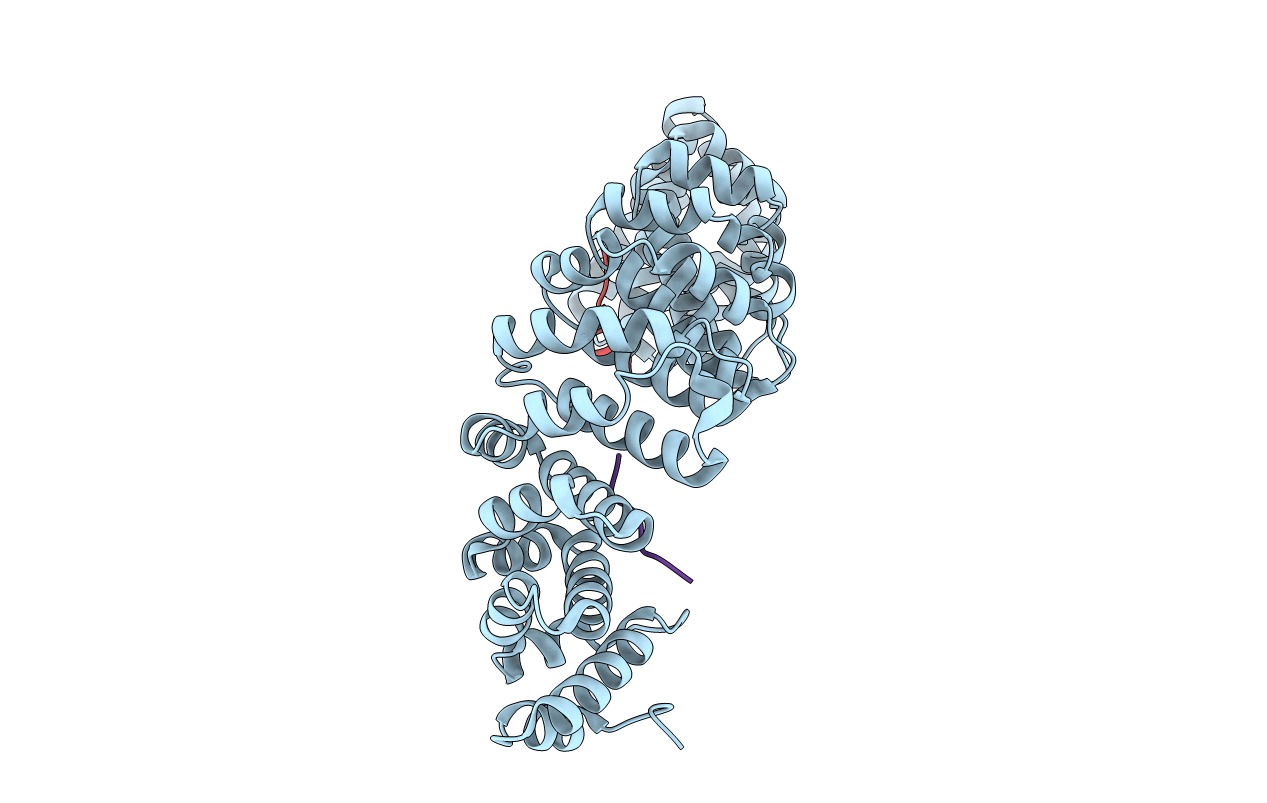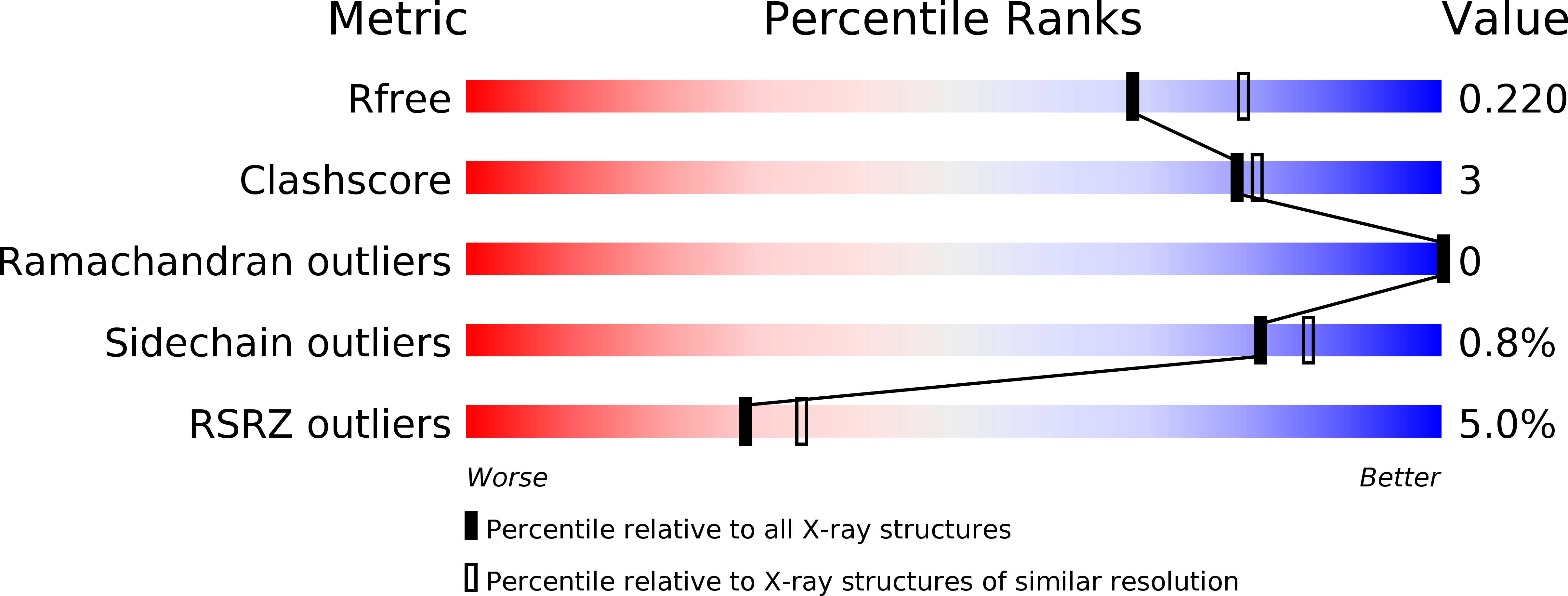
Deposition Date
2013-01-10
Release Date
2013-08-21
Last Version Date
2023-12-20
Entry Detail
Biological Source:
Source Organism:
MUS MUSCULUS (Taxon ID: 10090)
SYNTHETIC CONSTRUCT (Taxon ID: 32630)
SYNTHETIC CONSTRUCT (Taxon ID: 32630)
Host Organism:
Method Details:
Experimental Method:
Resolution:
2.10 Å
R-Value Free:
0.20
R-Value Work:
0.18
R-Value Observed:
0.18
Space Group:
P 21 21 21


